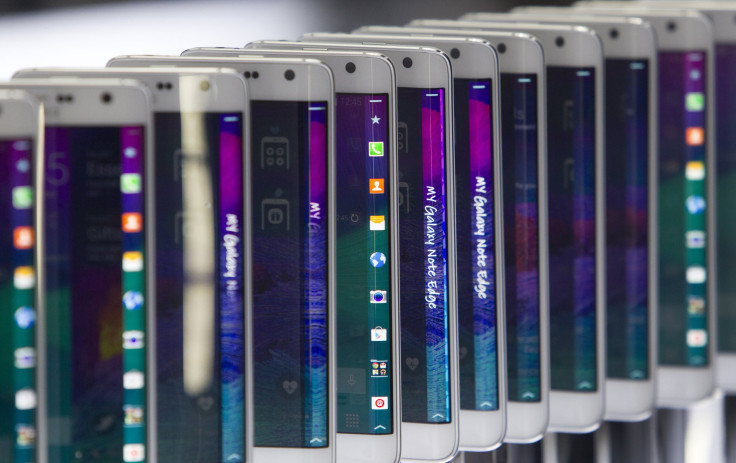Samsung Prepares To Fight Back On Mobile Front Helped By Chips Strength

Samsung Electronics Co. Ltd.’s smartphone business continued to hurt, its latest earnings numbers showed, but better-than-expected profits, helped by its semiconductor chips unit, augur well for the Korean company’s efforts to fight back with new models across its portfolio.
Fourth-quarter profit at the mobile division fell, as expected, from the year-earlier period, but rose from the previous quarter, as a combination of holiday seasons across the globe, and Samsung’s initial efforts to pare down its confusingly large portfolio might have helped.
The company’s next flagship, the Galaxy S6, is rumored to be released as early as the Barcelona Mobile World Congress in March. With the A3 and A5 models already out, Samsung is now betting that its new designs and an uncluttered user interface will once again pull consumers in.
“In the mid segment, Samsung has a great chance to be the leader once again, in that segment they have already launched new devices such as the A3 and A5, which are great devices, if you touch and feel those phones,” said Tarun Pathak, a senior analyst at Hong Kong-based Counterpoint Technology Market Research, in an interview ahead of the earnings.
“They are very different from the plastic (bodies) and all that.”
The S6 will have to really impress to entice consumers in the world’s biggest smartphone market, China, where buyers went berserk for Apple Inc.’s iPhone 6 handsets, making the Cupertino company the top seller there, pushing upstart Xiaomi Inc. to second place and Samsung to third.
The handset is rumored to have two curved edges, such as the one that Samsung has already demonstrated on the Galaxy Note Edge. Some analysts believe the design will indeed bring back the cutting edge that Samsung needs to regain its smartphone glory.
The flexible display is one way Samsung can “neutralize” Xiaomi’s Mi3 and Mi4 handsets in China, Jefferies and Co. analyst Sundeep Bajikar wrote in a report recently, according to Barron’s.
Bajikar argues that 2015 will be the “year of Samsung” for a number of reasons, and has raised his target on the stock to 700,000 Korean won from 600,000 won earlier, Barron’s reported, citing his note.
Among Bajikar’s reasons are a high-end smartphone recovery starting in the fourth-quarter, “contrary to consensus view,” which could be seen to be underway as margins improved and profits rose sequentially to 1.96 trillion won from 1.75 trillion won for the prior three months.
On the semiconductors business, which has already become Samsung’s biggest unit, the company will take “substantial foundry share” from TSMC and applications processor share from Qualcomm even as the Korean conglomerate’s strength in memory chips continues, Barron’s cited Bajikar as writing.
That Samsung raised its dividend to 19,500 won a share from 13,800 won a year earlier lends credence to the analyst’s view that he expects a “focus on shareholder returns to serve as a catalyst.”
Samsung Vice Chairman Lee Jae Yong is pushing the company to shed non-core businesses and address shareholder pressure for greater transparency. The company has sold some of its assets and, earlier this month, said it was considering a stock split, though no decision has been taken yet.
© Copyright IBTimes 2024. All rights reserved.






















